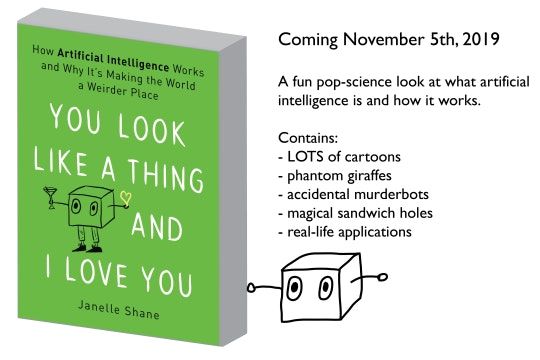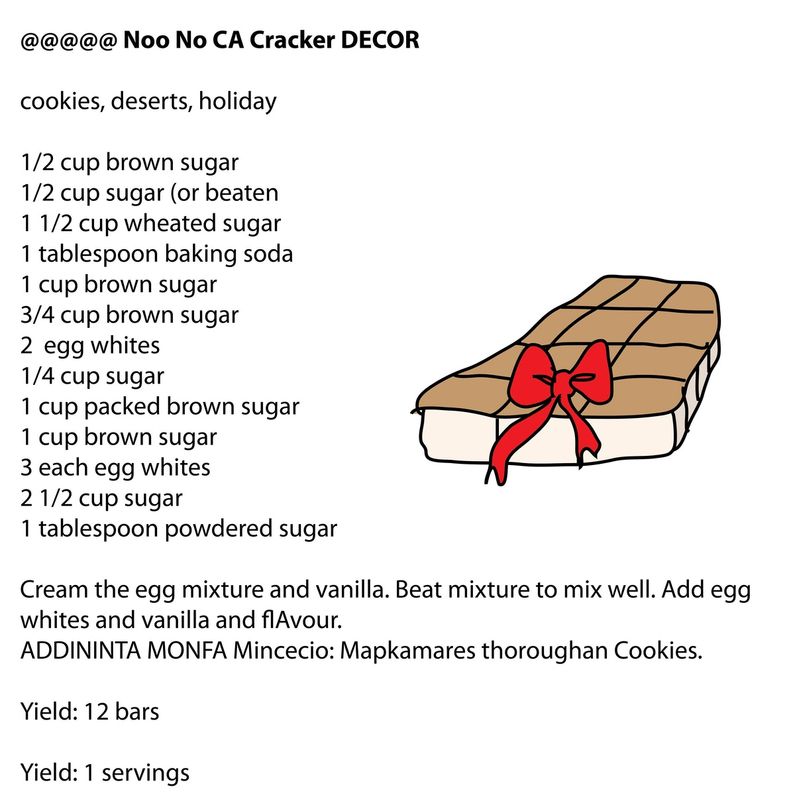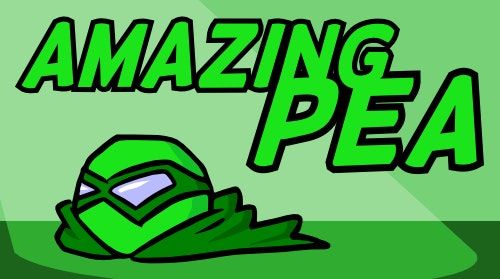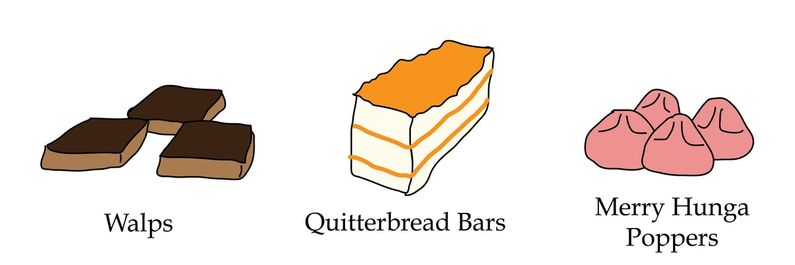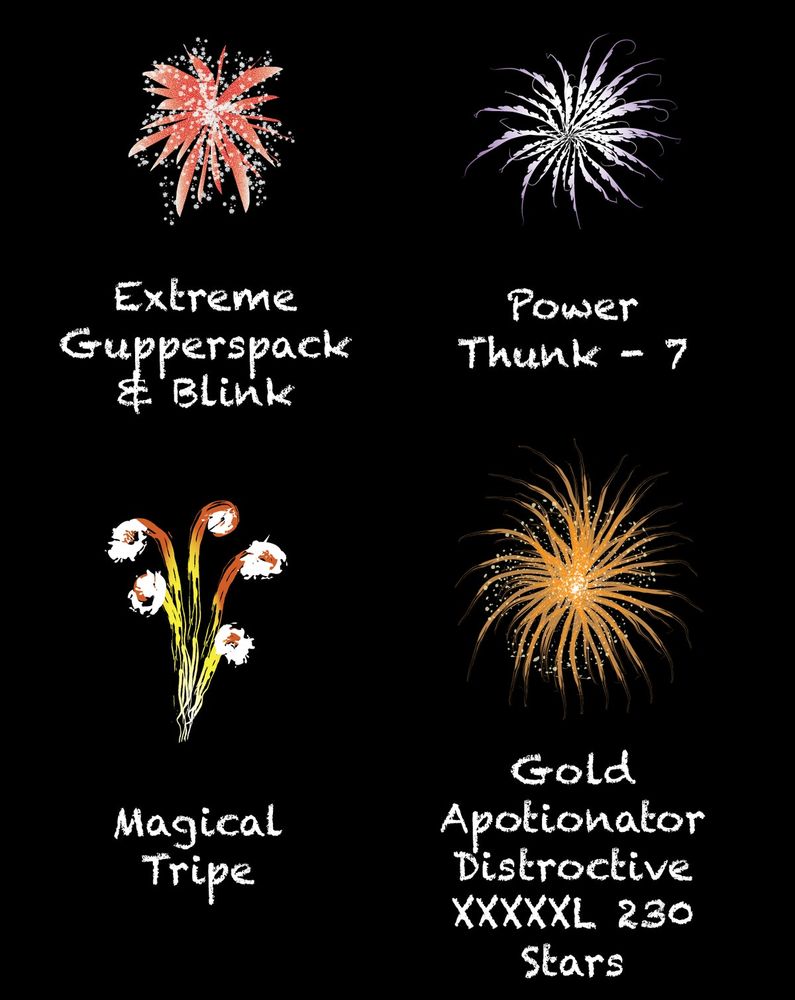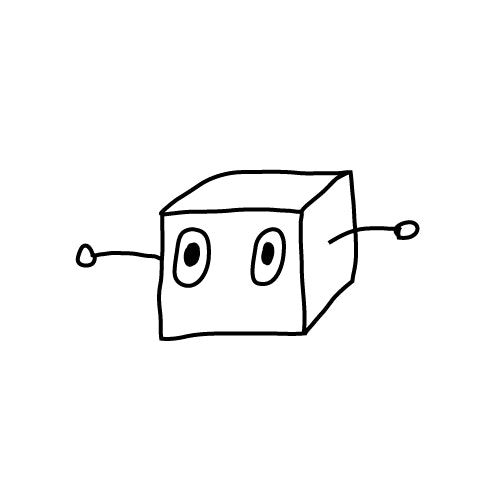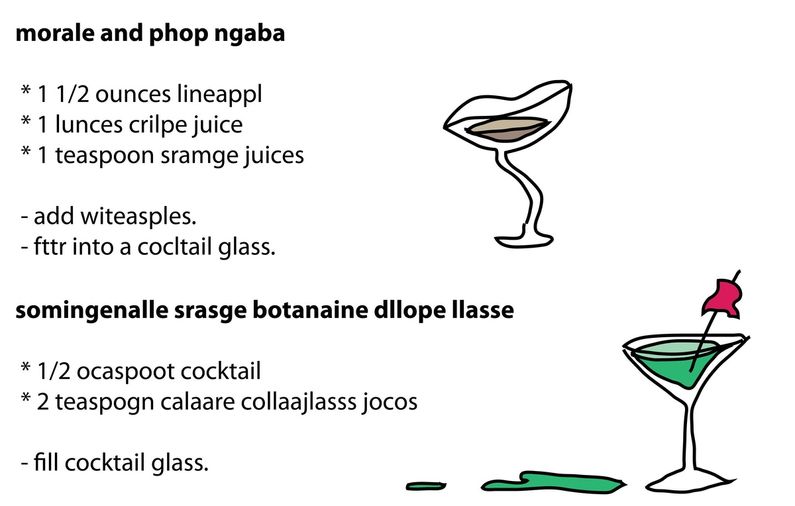I am really really excited to announce a thing I’ve been working on for more
than a year now: there’s going to be an AI Weirdness book!!!!!
You can preorder it at these links:
Amazon [https://www.amazon.com/gp/product/0316525243?tag=hacboogrosit-20] -
Barnes & Noble
